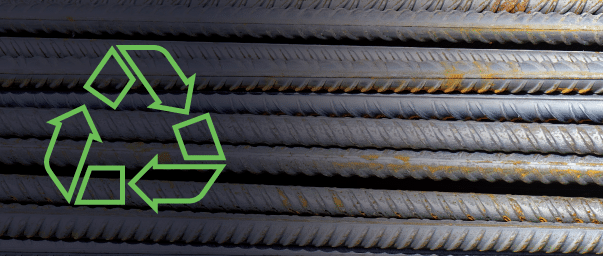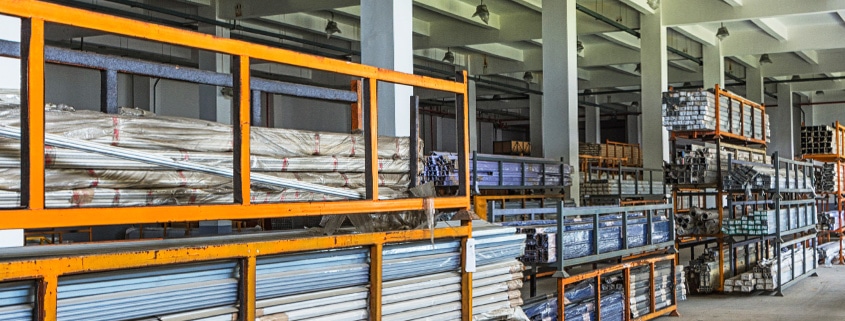Steel is one of the most popular construction materials available. It’s non-flammable and a better choice in areas that might be prone to earthquakes or other natural disasters as it is less likely to warp. It is also stable enough to sustain high winds, which makes it a great option for areas that are often affected by hurricanes.
In fact, it is one of the most durable construction materials available. But its strength and long life span isn’t the only important thing about steel. Its sustainable features make recycled steel one of the best materials available for construction projects.
How it Works
One of steel’s best features is that it can be recycled. In fact, over 90% of a steel building or fixture can be recycled and reused for another project. This is a far higher recycling rate than other common building materials, like concrete or wood. As a result, the steel industry has reduced greenhouse gas emissions by an estimated 36% in the past 30 years.
Recycling steel is fairly easy. The steel is magnetically separated from other materials and then shipped to steel mills or other factors for recycling. It is then melted down and recreated into the manufacturer’s desired molds. In 2019, recycled steel accounted for about 600 million tons of all steel produced.
The primary issue when recycling steel is identifying and separating different steel grades from one another during demolition. According to the Institute of Scrap Recycling Industries, there are 316 different grades of steel.
Why Recycled Steel
The majority of construction demolition are heavy bulk wastes like concrete which are generally downcycled into general fill. However, many companies are seeing the benefits of using sustainable materials like steel instead of or in pair with concrete.
Nowadays, ninety-three percent of all steel used in construction projects is recycled. Why? Because it poses many benefits for companies as well as the environment including reducing waste by diverting it from landfills and back into other projects.
- It reduces waste and is eco-friendly. One major benefit of reusing steel from buildings and structures is that beams, columns, and other structural pieces can be used without having to be re-melted or processed. Scrap pieces of steel, on the other hand, can be melted down and made into something new. In fact, 98 percent of a building’s steel is recycled back into other steel projects after the building’s life-cycle ends.
- It retains its quality. Steel’s quality is not compromised, even after it’s recycled. Reusing steel doesn’t degrade the products’ strength or value and it has a great weight capacity.
- It saves money. While recycled steel is no different in quality than new steel, it is however cheaper. Its lightweight nature means less use of heavyweight equipment and lifts. Additionally, builders save money on maintenance and repair due to steel’s long life span and durability.
When construction projects have the chance to cost millions of dollars, saving on one of your primary building materials is a huge win. Plus, it conserves primary resources and raw materials by using recycled components.
U.S. Bridge & Recycled Steel
U.S. Bridge prides itself on building structures that last. Construction plays a major impact on a country’s environment including its carbon footprint. Steel is a great material to consider in any project.
We’re confident our durable steel bridges will withstand the pressure and be around for decades. To discover what our professional team can do for your next project, please contact us. Or use our new interactive tool the Bridge Scope to determine your project’s scope today.


